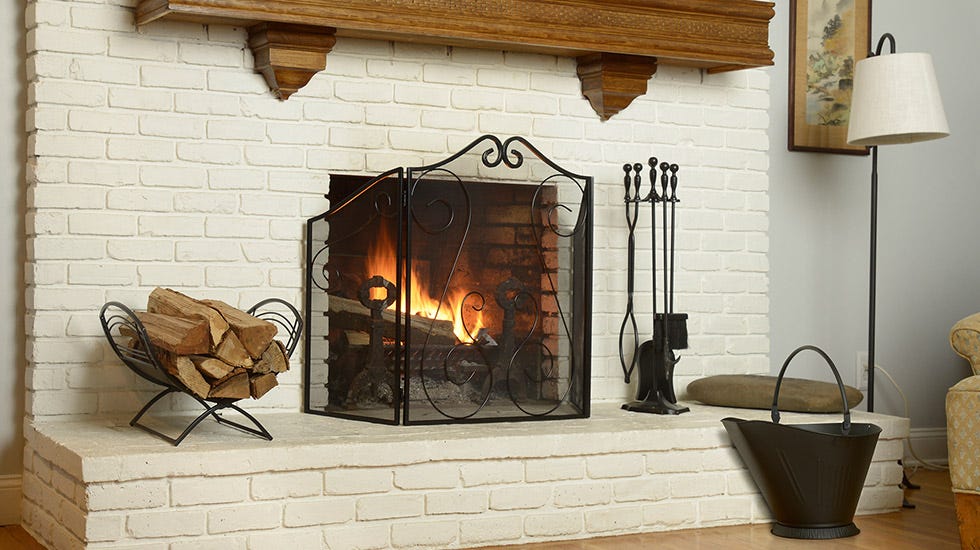Using a fireplace to heat your home saves on electricity bills, fills your house with a wonderful and unique smell, and hearkens back to age-old traditions. However, a fireplace is bound to take a little bit more work than turning the dial on an electrical system.
We want to help you prepare for the winter season so that you can stay safe but continue to enjoy evenings sitting in front of a beautiful, roaring fire. Read on to learn about how to properly maintain your fireplace for winter, keep your fireplace or wood-burning stove in good condition, and how to use your fireplace or wood-buring stove.
The Importance of Fireplace Maintenance
First, why is it even important to worry about fireplace maitenance? It can be difficult for those who haven't used a fireplace before to understand the amount of work that can go into one. However, you should know that maintaining your fireplace is one of the best ways to stay safe.
The safety risks might seem pretty obvious to some, but they are still worth stating here. A fireplace or a wood-burning stove that has not been properly and regularly cleaned is at risk of starting a chimney fire.
Chimney fires happen due to burning embers heading up the flue of the chimney and coming into contact with creosote, a compound called "wood tar." It results during wood combustion and consists primarily of heavy oils. There are traces of it that can be found in the smoke and embers that head up the flu.
Over time, these tiny fragments attach to and stack up on the side of the chimney. If you have ever tried cleaning your chimney, you likely got covered in oily soot. Now you know just what part of that is.
An improperly cleaned fireplace is among the top causes of house fires, even when fewer people use fireplaces and wood burners to heat their homes. If you don't know how to clean your chimney yourself, you can always hire a professional chimney sweep to clean your fireplace.
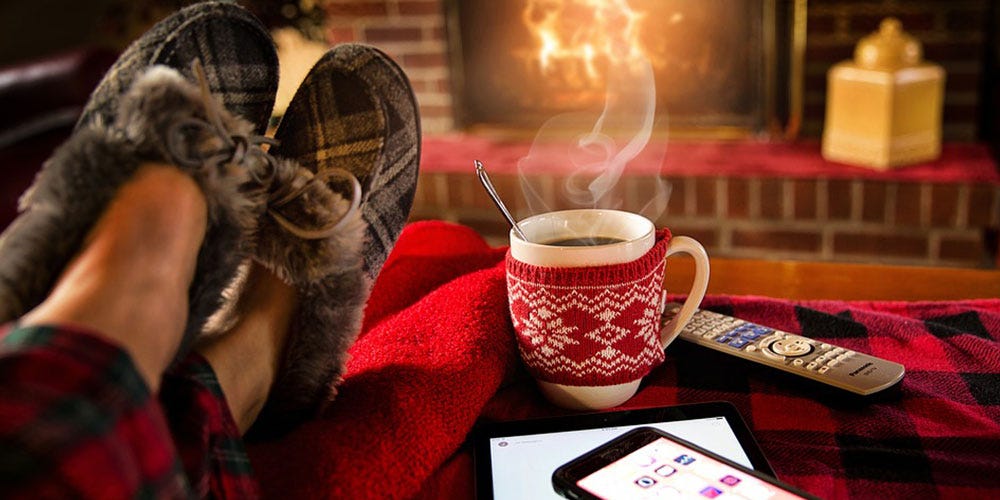

How to Clean Your Wood-Burning Stove or Fireplace
First, it is important to understand different kinds of wood burn differently from others. For example, soft pine wood is known for producing more creosote. On the other hand, hardwoods like oak, walnut, and cherry burn hotter and produce less creosote.
That doesn't mean you have to stop burning pine and other softwoods. Pine often gives off some of the best smells when you use it in a fireplace or stove. However, you will have to up your cleaning game to reduce the chances of a chimney fire the more you use softwoods. However, the type of wood but burn is an important part of fireplace maintenance: you will need to know how often you should clean your fireplace or wood-burning stove.
The more you use your wood-burning stove and fireplace, the more you need to clean it. If you use it every day, you should scoop out the ash daily and thoroughly clean the fireplace every week or two, depending on the kind of wood you use. One of our rules of thumb is to clean out the ash once it's a couple of inches deep. Too much ash reduces the airflow around the fire and stops it from burning as hot, meaning the fire produces more creosote.
Use a metal scoop and dustpan to scoop out all of the leftover ashes. Never clean out a hot stove: ensure that it is completely cool before going in, even to clean out the ashes.
Each time you clean your fireplace or stove, use a flashlight to look over the inside of the flue, firebox, and chimney. Then, use the chimney brush to clean around the flue. If you notice that the creosote is 1/8-inch or thicker, you need to clean the stovepipe or get someone in to clean the chimney.
If you have a stovepipe, you need to clean it during the season and before you use it for the first time. Not only is a buildup of creosote common, but it is also typical for birds and mice to build their nests in various parts of a fireplace or chimney during the offseason.
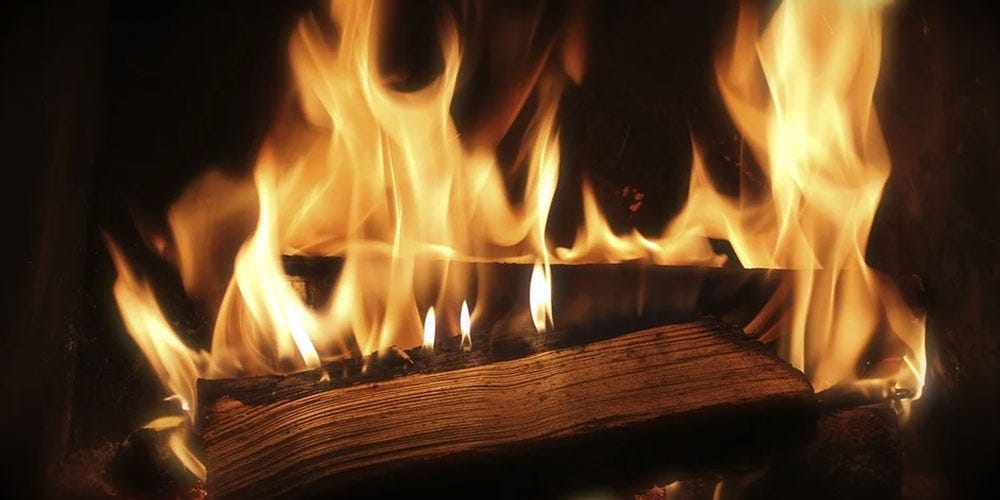

The Importance of Burning Seasoned Firewood
"What is seasoned firewood?" you might ask. Seasoned firewood is another way to say that firewood has been properly dried. It means that the moisture content of the firewood has been reduced down to 20% or less of the typical water content in wood.
There are two main reasons you should only use seasoned firewood instead of just gathering sticks or not take the time to dry your firewood.
The first is that seasoned firewood ignites much easier and will stay on fire until the wood piece is exhausted. The second is that the wetter the wood is, the more smoke will produce. Your chimney, especially a clean one, can take the brunt of the smoke. However, if there is too much smoke, it might start to spread throughout the home or choke out your fire if you have a door on your woodstove or fireplace. You could also season your own firewood in a seasoning shed.
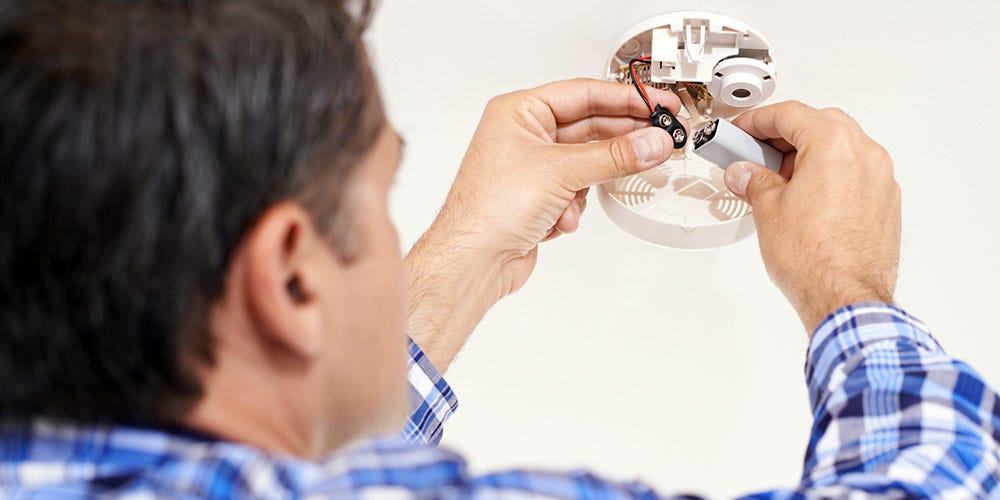

Installation of Smoke Alarms and Carbon Monoxide Detectors
If you have a controlled fire in your home, you should respect that even with all the safety in place, you are still lighting up a safety threat every time you light the fire. The smoke and flames might be easy to see, but they can spread with voracious hunger once a fire escapes the firebox. If you don't have the proper alarms in place, it can spread beyond control well before you are aware it has even begun. Ensuring that your home has working smoke alarms and carbon monoxide detectors is an important part of fireplace maintenance.
Carbon monoxide, or CO, is an even more dangerous threat. It is invisible, and its colorless and odorless characteristics mean that you will rarely know what is happening before you have carbon monoxide poisoning. Carbon monoxide is another dangerous byproduct of a fire. It should escape with the smoke, but instead, it can end up accumulating in the home, pushing out the oxygen in the air and creating a toxic compound for your body.
Luckily, using a fireplace doesn't mean having to layer your home with detectors. Instead, there are combination smoke alarms with carbon monoxide alarms, called smoke and carbon monoxide detectors. In addition, you have options when it comes to their energy source and installation. You can find battery-powered options, plug-in solutions, and those that are hard-wired into an available junction box.
There are also options for the sensor these detectors have, which also impacts their price. For example, you can find ionization sensors, which register a flaming fire more quickly, while photoelectric sensors give you a faster response if you have a smoldering fire.
You should install a smoke and carbon monoxide alarm in each bedroom, on the staircases of your home, in your living area, each hallway leading to sleeping areas, and most importantly, no more than 10 feet away from your furnace fireplace or stove.
The instructions for installation will depend on the smoke and carbon monoxide alarm you choose. Read them thoroughly before installation, and make sure you follow them exactly to be as effective as possible.
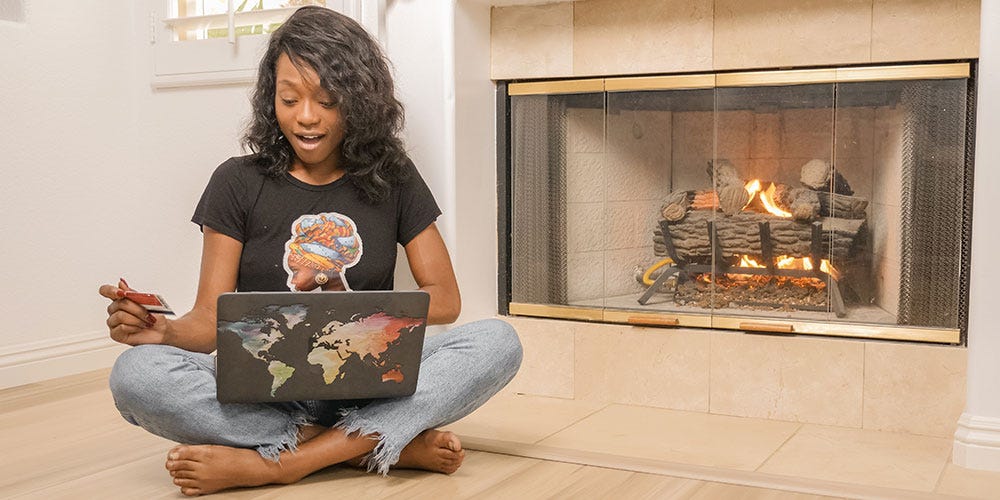

Keeping the Area Around a Fireplace Safe
When it comes to fireplace maintenance, fireplace safety is of the utmost importance. Start at the fire itself. If you have a wood-burning stove, make sure to keep the door closed once you put the wood into the firebox. If you have an open hearth, you should consider a fireplace guard. These keep the hot embers from getting out. You can use glass or a metal-mesh screen. There are many designs and sizes for these, but you should never use your fireplace without a guard up.
Next, if you have a ceiling fan, you can run it at low speed to redirect warm air from the ceiling and into the living space. It can also help to keep the firewood alive and the smoke flowing up the chimney.
Next, try to keep the area in front and to the side of your fireplace free from flammable materials. If there is any chance that an ember will fly out of the fireplace, you don't want it to land on anything that will allow the fire to grow and spread. That includes carpets, baskets, and cloth furniture. The area around the fire should be free from materials by at least a couple of feet. If you have wooden floors in front of the fireplace, ensure they are sealed with a nonflammable sealant.
Proper Disposal of Ash
Always pile ash into a metal bucket since it will not create a flame. When you have finished cleaning the ash from your firebox, put the lid on it and allow them to cool for several days. Once they are completely cool, you can put them in a bag, tie them up and throw them away with your regular garbage. However, ash can be quite useful, so you don't always want to throw it out. Some of the ways you can use it include:
- Making soap
- Amending soil
- Cleaning
- Textured traction on slippery walkways
- Augment your compost
Ready for the Winter
Once you have cleaned and prepared your fireplace, accumulated plenty of seasoned wood, and gotten excited for all the fun new ways you can use ash, it is time to get the fire roaring. As you head into winter, you are ready to stay warm, cozy, and safe with your well-managed fireplace.

